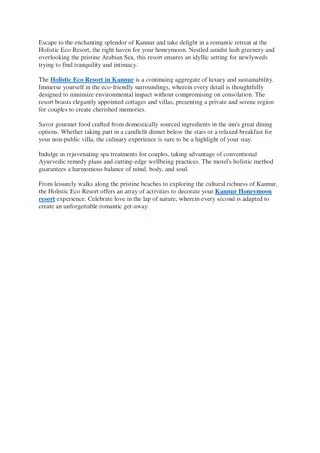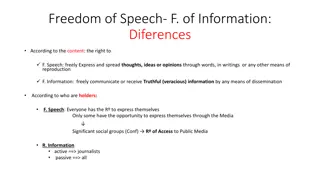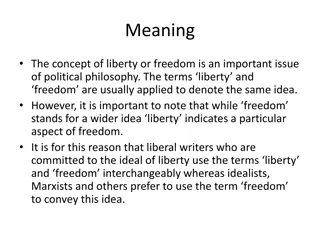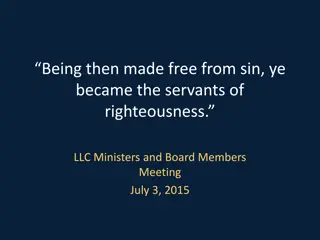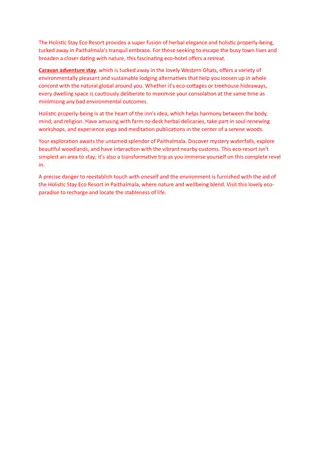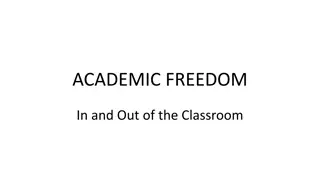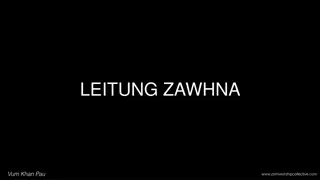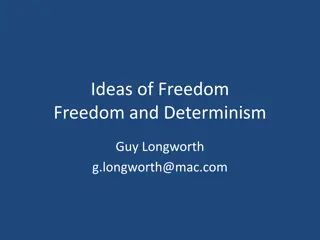Insight into Sonny Rollins' "Freedom Suite" Album and Background
Delve into the world of Sonny Rollins, a legendary jazz saxophonist, through his iconic "Freedom Suite" album released in 1958. Explore the album's powerful tracks, such as the titular piece and others like "Someday I'll Find You," complemented by a glimpse into Rollins' background, highlighting his journey as a musician and the impact of his music on the Civil Rights Movement.
Download Presentation

Please find below an Image/Link to download the presentation.
The content on the website is provided AS IS for your information and personal use only. It may not be sold, licensed, or shared on other websites without obtaining consent from the author.If you encounter any issues during the download, it is possible that the publisher has removed the file from their server.
You are allowed to download the files provided on this website for personal or commercial use, subject to the condition that they are used lawfully. All files are the property of their respective owners.
The content on the website is provided AS IS for your information and personal use only. It may not be sold, licensed, or shared on other websites without obtaining consent from the author.
E N D
Presentation Transcript
Freedom Suite An Album by Sonny Rollins
Background of Sonny Rollins - Born as Theodore Walter Rollins in New York City on September 7, 1930 Began taking piano lessons at nine years old but quit soon after He began playing the alto saxophone in high school and switched to the tenor saxophone soon after In 1949 his first composition titled Audubon was recorded by J.J. Johnson He quickly began playing with groups led by names such as Tadd Dameron, Ike Day, and Miles Davis In 1956 Rollins joined the famous ensemble of Max Roach and Clifford Brown Went on to create a pianoless trio with Donald Bailey and Pete la Roca - - - - - -
Background of Sonny Rollins - Continued to collaborate with various other groups, boosting him to fame and making him a star He earned the nickname Newk because of his resemblance to famous baseball pitcher Don Newcombe From 1959 to 1961 Rollins left the music scene and took trips to Japan and India on a spiritual journey Came back to music in 1962 when he released The Bridge Left music again from 1969 to 1971 Ended up returning in 1971 with a new sense of determination Sonny was widely renowned as one of the greatest jazz saxophonists of all time Known for his fluidity and harmonically innovative ideas - - - - - - -
Background of Freedom Suite - - Released in 1958 It was released one year after the Little Rock Nine incident and four years after Brown v. Board of Education Beginning of the Civil Rights Movement Sonny openly stated that he felt Americans wanted to hear the black music, but not the black story Commonly referred to as the first instrumental extended protest list Sonny Rollins wrote this piece to stand up to not only the long-term oppression of African-Americans, but also against jazz music for minimally addressing such issues The album features Sonny Rollins on tenor saxophone, Oscar Pettiford on the bass, and Max Roach on drums - - - - -
Track List 1. The Freedom Suite (19:17) 2. Someday I ll Find You (4:35) 3. Will You Still Be Mine? (2:54) 4. Till There Was You (Take 4) (4:54) 5. Till There Was You (Take 3) (4:55) 6. Shadow Waltz (4:08)
Samples The Freedom Suite Till There Was You (Take 4) The Freedom Suite - Sonny Rollins Till There Was You (take 4) Album: Freedom Suite Year: 1958 Label: Riverside Line-up: Sonny Rollins -- tenor saxophone, Oscar Pettiford - bass, Max Roach - drums. Provided to YouTube by Universal Music Group Till There Was You (take 4) Sonny Rollins Freedom Suite 2007 Riverside Records/Fantasy, Inc. Released on: 2008-01-01 Composer: Meredith Willson Auto-generated by YouTube.
Questions 1. How do you think the mood of the piece changed in the first sample (The Freedom Suite)? 2. Based on what you heard, do you think that Sonny Rollins effectively portrayed his message?
Sources - https://www.allmusic.com/artist/sonny-rollins-mn0000039656/biography - https://www.npr.org/2011/06/20/4182012/sonny-rollins-freedom-suite - https://jazz.fm/sonny-rollins-makes-a-statement-of-justice-in-his-civil- rights-anthem-freedom-suite/







